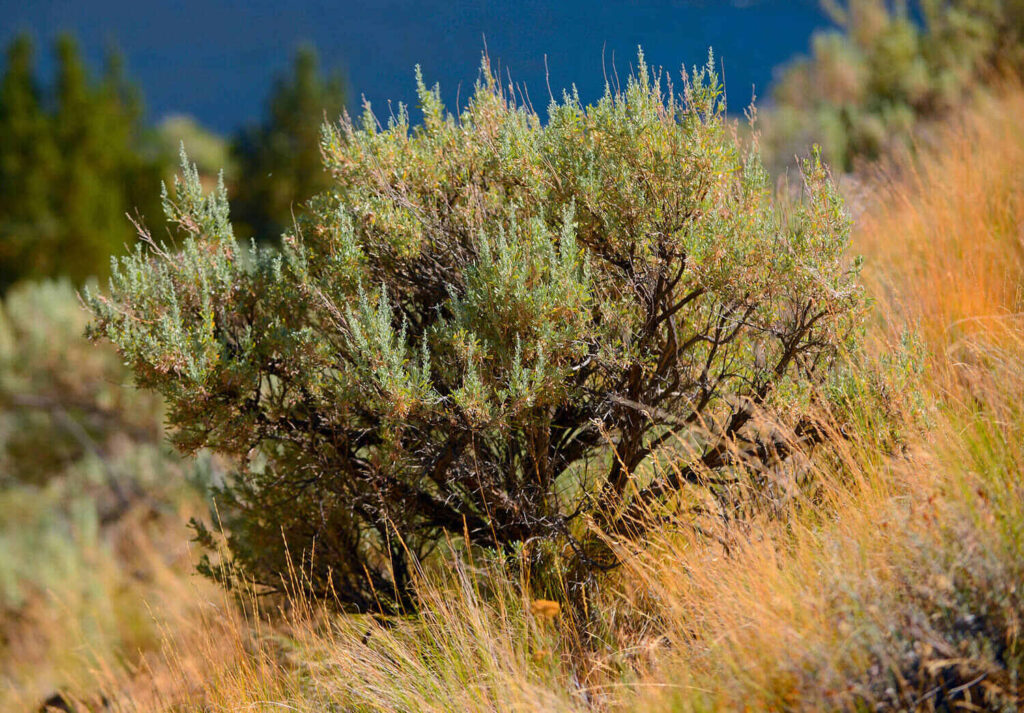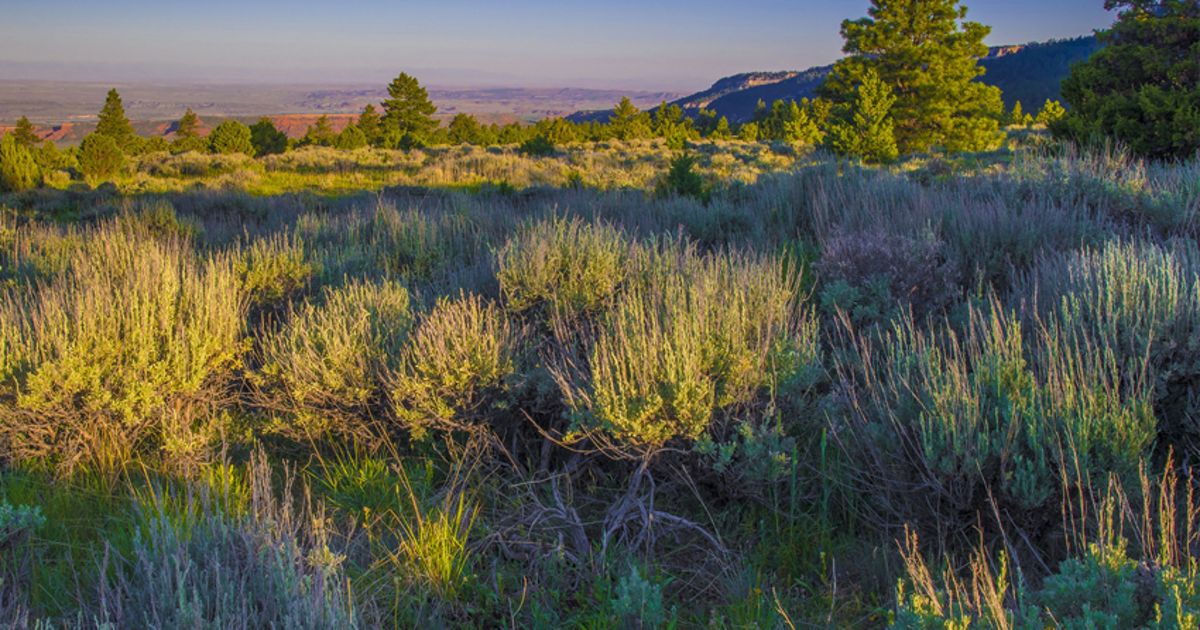sagebrush In the vast expanse of the American West, where the horizon seems to stretch on forever, one plant dominates the landscape like no other – the sagebrush. With its distinctive silvery-green foliage and unmistakable aroma, sagebrush is an iconic symbol of the rugged beauty and resilience of the western United States.
The Essence of the Sagebrush
Sagebrush, scientifically known as Artemisia tridentata, is a member of the Asteraceae family and is native to the arid regions of North America. Its name is derived from the Latin word “salvia,” meaning “to heal,” highlighting the traditional medicinal uses of various sagebrush species by indigenous peoples.
There are several subspecies of sagebrush, each adapted to different environmental conditions, but they all share certain characteristics. Sagebrush typically grows in dry, alkaline soils and can withstand extreme temperatures, making it well-suited to the harsh conditions of the western landscape.
Ecological Importance
Despite its unassuming appearance, sagebrush plays a crucial role in its ecosystem. Its deep root system helps prevent soil erosion, stabilizing the fragile desert soils. The dense thickets of sagebrush provide habitat and food for a variety of wildlife, including sage grouse, mule deer, pronghorn antelope, and countless insects.
Moreover, sagebrush communities support a diverse array of plant species, creating a complex and resilient ecosystem. From the vibrant blooms of wildflowers to the hardy grasses that dot the landscape, sagebrush habitats are teeming with life, even in the harshest of environments.
Cultural Significance

For centuries, sagebrush has been deeply intertwined with the cultures of the American West. Indigenous peoples revered sagebrush for its medicinal properties and used it in ceremonies and rituals. The plant’s fragrant leaves were burned as incense to purify the air and ward off evil spirits, a tradition that continues to this day.
Furthermore, sagebrush has long been a symbol of resilience and endurance in the face of adversity. Its ability to thrive in the harsh desert environment serves as a reminder of the indomitable spirit of the western frontier.
Challenges and Conservation Efforts
Despite its importance, sagebrush ecosystems face numerous threats, including habitat loss, invasive species, and climate change. The conversion of sagebrush habitat for agriculture and urban development has led to the fragmentation of these landscapes, making it harder for wildlife to find suitable habitat.
Invasive species, such as cheatgrass, pose a significant threat to sagebrush communities, outcompeting native vegetation and altering fire regimes. Climate change exacerbates these challenges by increasing the frequency and intensity of wildfires and altering precipitation patterns, further stressing sagebrush ecosystems.
To address these threats, conservationists and land managers are working to protect and restore sagebrush habitat. Efforts such as invasive species management, habitat restoration, and collaborative land management strategies aim to conserve these iconic landscapes for future generations.
Conclusion
Sagebrush is more than just a plant – it is a symbol of the American West, embodying the resilience and vitality of this iconic landscape. From its ecological importance to its cultural significance, sagebrush holds a special place in the hearts of those who call the western United States home. As we work to conserve and protect these valuable ecosystems, we ensure that sagebrush continues to thrive for generations to come, preserving the beauty and biodiversity of the American West.
